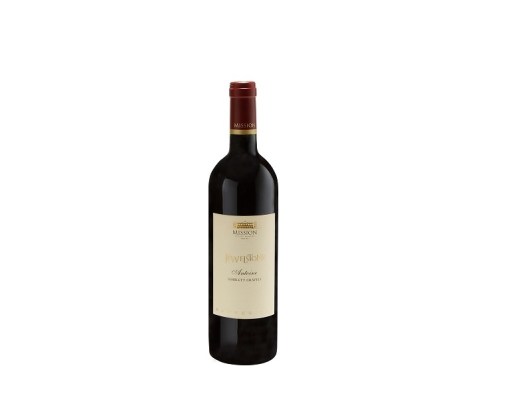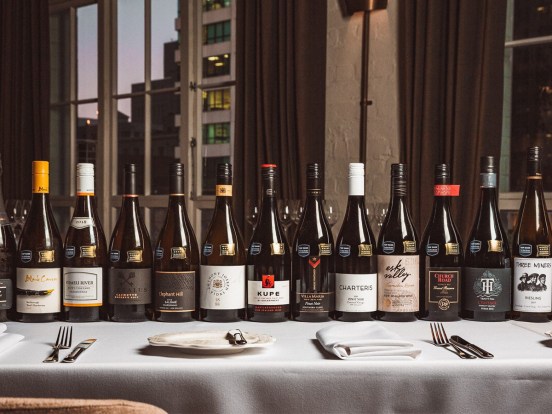By Stuart Robertson, CEO Mean Business.*
Menus are one of our most powerful marketing tools as they will heavily influence customers’ perception of a restaurant, how much they spend, and in many cases, where they choose to dine.
It’s critical therefore that we put the same care into the design of our menu cards, online screens and boards, as we do in designing the menu items themselves, by considering the three fundamentals of profit-driving menu design.
1. KNOW YOUR MARKET
Don’t try to be everything to everyone! Design your offering by intimately understanding who your ideal customers are, and how and when they dine.
Truly understanding your ideal customers’ needs, at various times of the day, and paying attention to what’s currently selling and not selling, will help guide what items should be on your menu.
2. MENU DESIGN
Did you know customers spend about 60-90 seconds looking at a menu and even less for some dining formats, such as busy food halls? To make things even more challenging, they often devote only moments to deciding whether they want to dine with you or not.
Menus, alongside all your other design elements, therefore need to communicate your offer in a clear and appealing way.
Studies show that when reading a menu, customers’ eyes are normally first drawn to a spot near the centre. They then look to the top right corner before moving in an anti-clockwise direction around the menu. Understanding this will provide some valuable clues on how to best lay out your menu, and where your most profitable items should be located.
Make it easy for customers to digest your menu by not overcrowding it, providing plenty of clear space, and having no more than seven items in each section.
Avoid price being the dominant item on the menu. If it is, it’s more likely to negatively influence what customers order. By putting the focus on the name of the dish and its descriptor, your customers are more likely to make their decision based on their attraction to a dish, and then use this to justify the price.
To carry this logic one step further, it’s good practice to avoid stacking prices on top of each other in a column. We call this column pricing, and when your menu is laid out like this customers often subconsciously scan down the column of prices to help make their choice.
3. PRICING
When considering your price, your goal should be to sell the greatest number of meals to the greatest number of people at the highest possible price. When this is perfectly balanced your profit is being maximised.
Make sure you know your food, wastage and packaging costs down to the cent; so that you can set your selling price at least three, but ideally four, times higher than this cost. –We call this bottom-up pricing.
You also need to consider your bottom-up, alongside top-down pricing. Top-down pricing is what you believe the market will be prepared to pay. Ideally, these should be about the same, however, if your top-down price is lower than your bottom-up price, you will have to re-engineer your recipe. If the top-down price is higher than your bottom-up, that’s great, there will be even more margin available to you.
Consider how the price of each item on the menu affects the perception of the value of other items. For example, imagine the majority of mains on a menu are around $25, but one main is $35. How will your customers perceive this? For some, that $35 dish will make the cheaper dishes look like great value. Meanwhile, others may think that a $35 dish is something really special.
Stuart Robertson, owner of hospitality consultancy Mean Business, brings big business discipline to the hospitality sector, working with café, restaurant and building owners to create profitable eateries and dining precincts.
www.meanbusiness.co.nz





